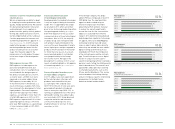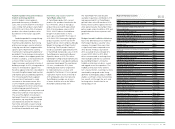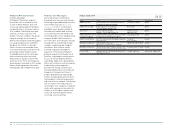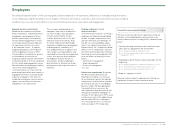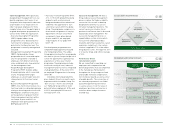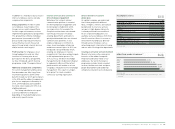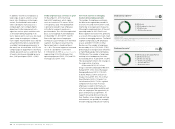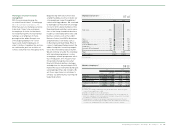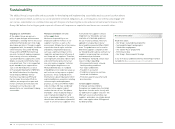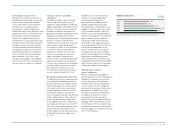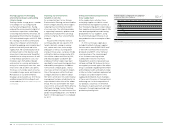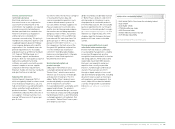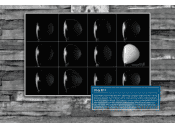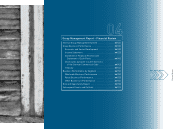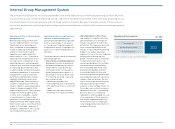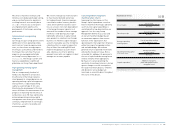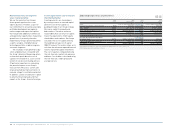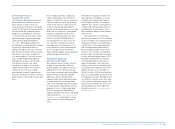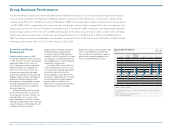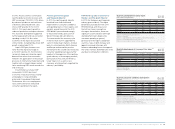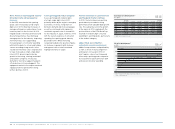Reebok 2010 Annual Report Download - page 126
Download and view the complete annual report
Please find page 126 of the 2010 Reebok annual report below. You can navigate through the pages in the report by either clicking on the pages listed below, or by using the keyword search tool below to find specific information within the annual report.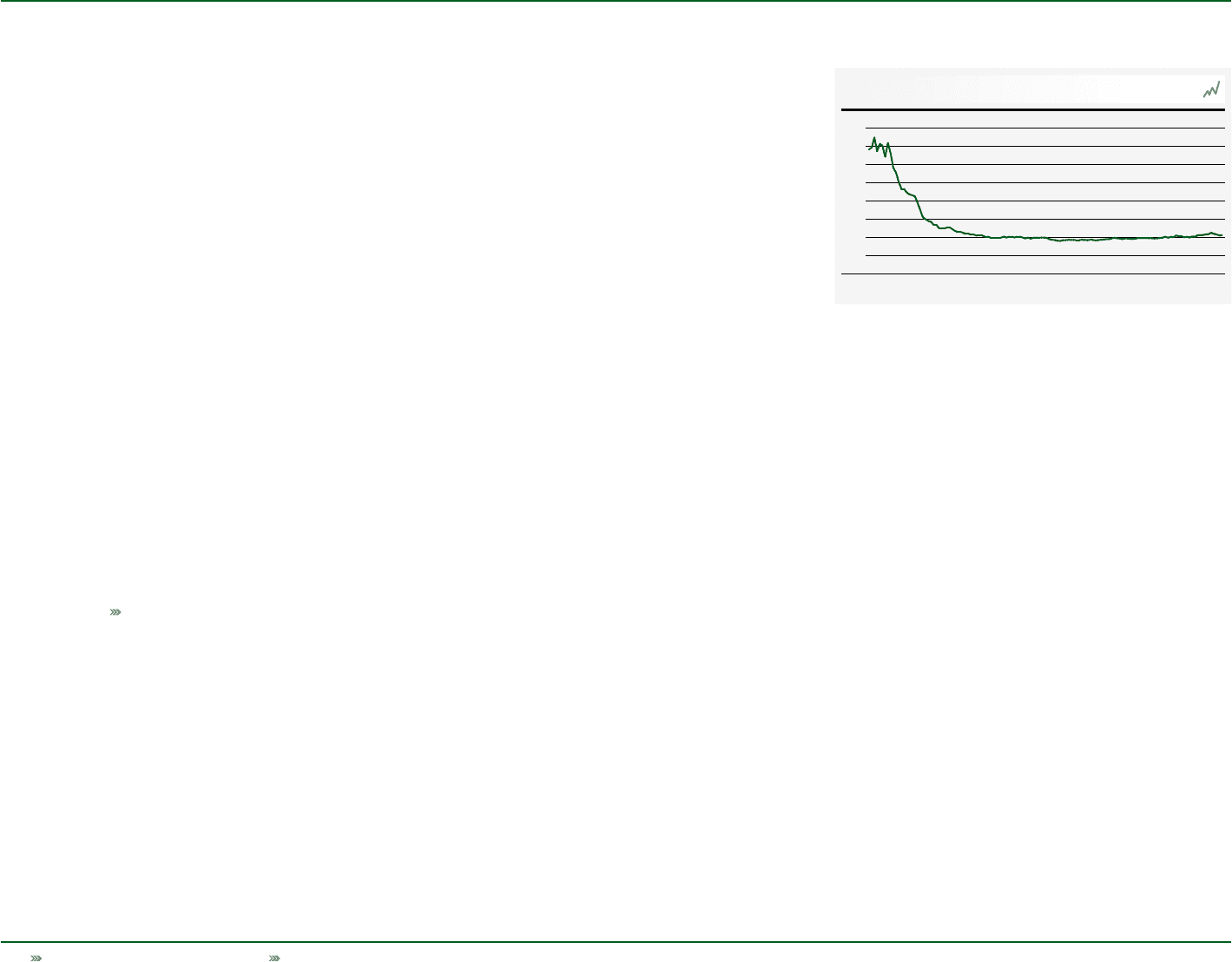
122 Group Management Report – Our Group Sustainability
Volatile organic compounds consumption1)
in grams per pair of shoes produced
2000 2001 2002 2003 2004 2005 2006 2007 2008 2009 2010
120
80
40
0
1) At year-end.
02
Strategic approach to managing
environmental impacts and tackling
climate change
Tackling climate change poses a number
of challenges for our company and
our manufacturing partners. Having
analysed the environmental footprint of
our business operations and building
on existing environmental initiatives, we
developed an Environmental Strategy in
2010 with defined targets until 2015. With
this strategy, we strive to continuously
reduce the company’s environmental
footprint by applying environmental best
practice in our daily work and in the
supply chain. We systematically look at
all relevant parts of the business and
value chain to become more thoughtful
and efficient in using resources as well
as help reduce operational costs. Our
initiatives span from product design
and creation to sourcing and manufac-
turing, also covering our own sites, own-
retail stores and all other sales points.
The focus is on energy, water conserva-
tion and discharge, waste and chemicals.
More details on our Environmental
Strategy can be found in our 2010 Social
and Environmental Online Report and
on our website at www.adidas-Group.com/
sustainability.
Improving our environmental
footprint at own sites
As an important part of our Group’s
Environmental Strategy, we launched the
Green Company Initiative, which targets
reducing the environmental footprint
of our own sites. The initiative provides
a supporting framework, guidance and
communication platform for all Group
entities to improve their environmental
footprint.
As part of this initiative, we have
set Group-wide and site-specific 2015
targets related to savings in energy
use, carbon emissions, water usage
and paper as well as sourcing green
energy. In these areas, our goals include
cutting the relative energy use by 20%,
the relative carbon emissions by 30%,
and reducing paper use by 50% per
employee. Further targets have been
specified for waste, purchasing practices
and mobility management. In addition
to the overall company goals, several
sites have set their own specific targets.
One of the key goals within the Green
Company Initiative has been to obtain
ISO 14001 certification for environmental
management systems established at six
major administration sites of the adidas
Group. This was achieved for five major
sites in 2010, all located in North America
(Portland, Carlsbad, Canton, Montreal
and Spartanburg). The certification of the
adidas Group Headquarters site “World of
Sports” in Herzogenaurach is scheduled
for 2011.
Driving environmental improvements
in our supply chain
In the supply chain, activities focus
on helping suppliers establish sound
environmental management systems at
their manufacturing plants to best reduce
their negative environmental impacts. We
have developed guidelines and training
programmes for our suppliers, using
the environmental performance of our
own production sites as examples of best
practice.
In 2010, our Group’s supply base
included 24 athletic footwear supplier
factories which were OHSAS 18000 and/
or ISO 14001 certified. These factories
produced around 83% of our footwear
sourcing volume. The remaining part
of our footwear sourcing volume
is produced in factories that have
management systems in place but have
not been certified. All footwear factories
are regularly assessed against the adidas
Group’s standards regarding environment
and workplace health and safety. A range
of other activities have been implemented
to reduce our carbon footprint in the
supply and distribution chain. Examples
of these are in the areas of transportation
and energy use. In the transportation of
our products, our policy is to minimise
the impacts, in particular from air freight
shipments, through improved order and
production planning tools.


